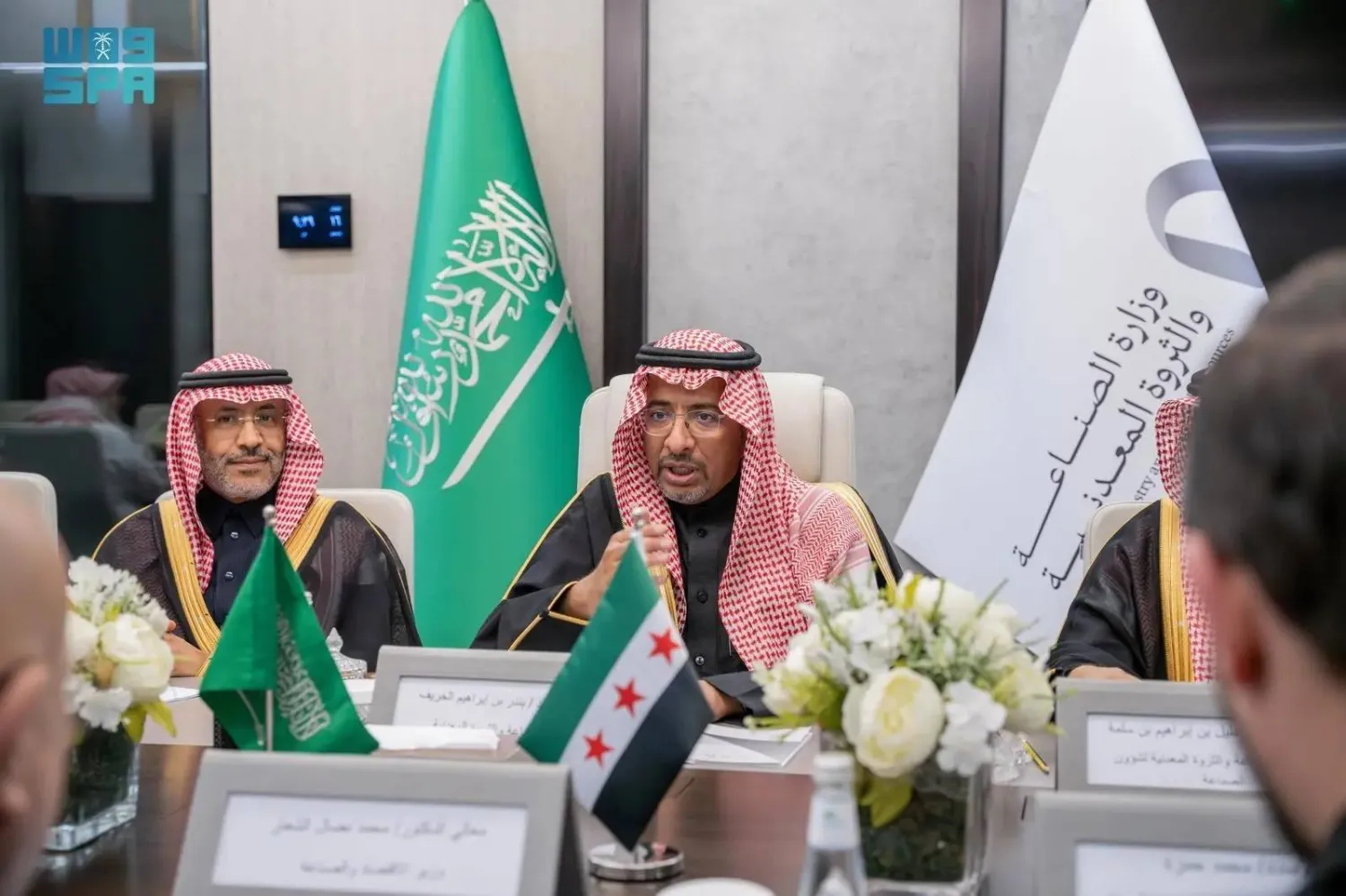The strong growth in employment—at some of the highest rates in a decade—along with increased purchasing activity and rising inventory levels, boosted the performance of Saudi Arabia’s non-oil private sector in August, according to the Purchasing Managers’ Index (PMI) released by Riyad Bank on Tuesday.
The index revealed that non-oil companies in Saudi Arabia significantly increased their activity levels midway through the third quarter, driven by rising new business inflows. Companies reported receiving orders from both new and existing clients, benefiting from increased government investment and strong growth in foreign sales.
However, overall growth momentum remained slower than recent trends, with the non-oil private sector output increasing at one of its weakest rates since early 2022.
As a result, companies reduced their selling prices for the second consecutive month in an effort to stimulate demand. Profit margins shrank, though less sharply than in July, largely due to a slowdown in rising purchasing costs.
The PMI for Saudi Arabia rose from 54.4 in July to 54.8 in August, marking the first improvement in non-oil private sector growth since February. However, the index remained at one of its lowest levels since early 2022 and below its long-term average of 56.9 points.
Naif Al-Ghaith, Senior Economist at Riyad Bank, commented: “Saudi Arabia’s non-oil sector continues to demonstrate economic resilience, underscored by a robust 4.4% increase in non-oil GDP in Q2 2024, reflecting the ongoing success of the kingdom’s diversification efforts.”
He added: “Employment growth has been a key driver of this momentum in August, signaling those businesses are increasingly confident in their expansion plans. The uptick in new orders illustrates the sector’s capacity to meet growing market needs. These positive indicators, coupled with a significant rise in future output expectations, highlight strong business optimism within the private sector.”









